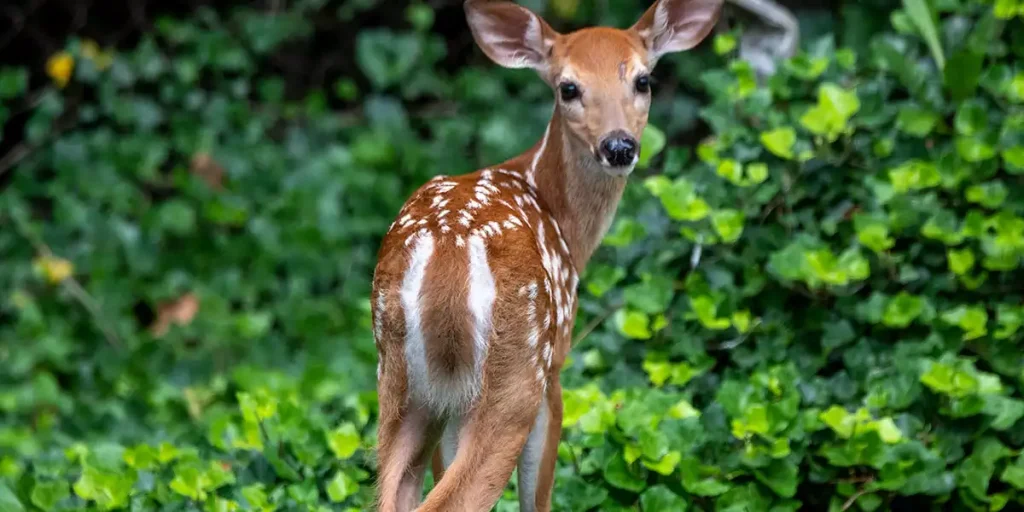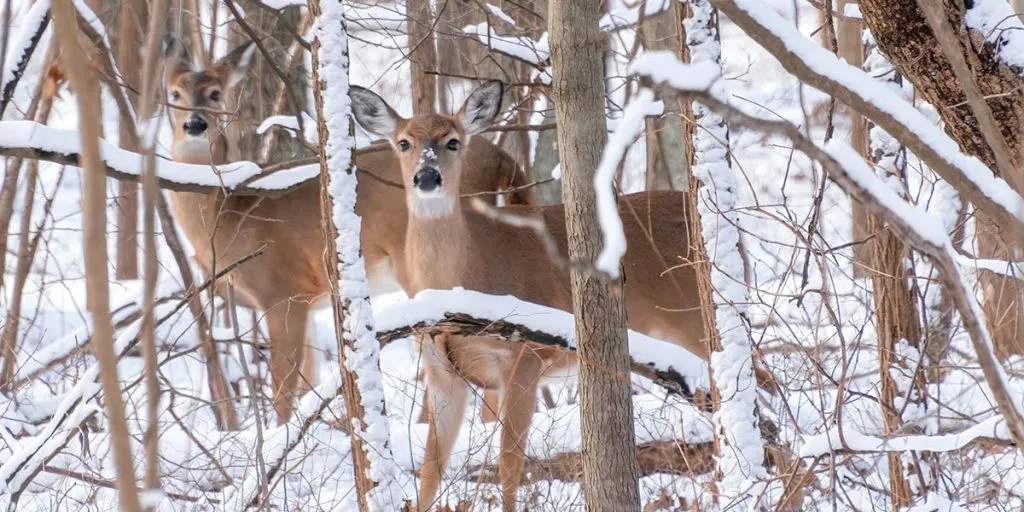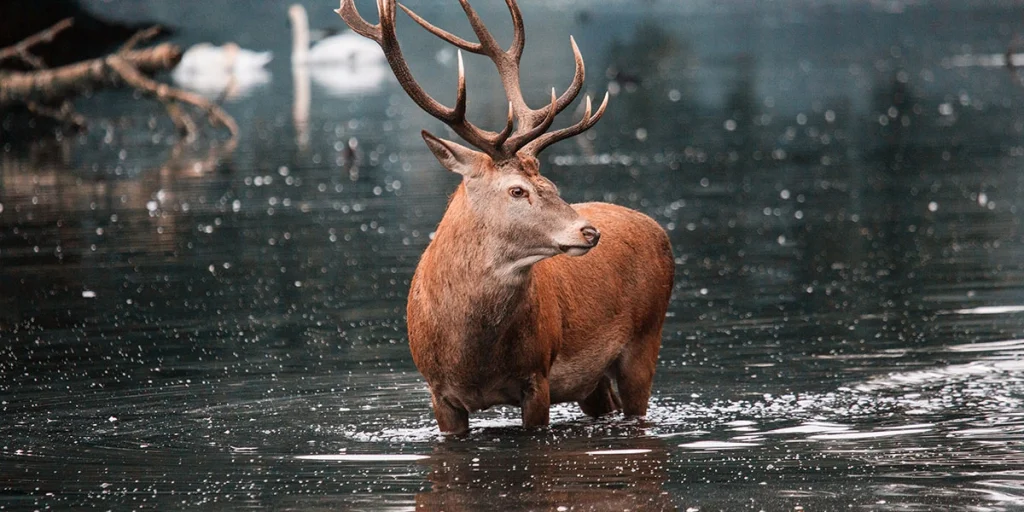Deer play an essential role in North American ecosystems, providing a source of food for a lot of different natural predators. What eats deer might surprise many people, because it’s probably not what you might think.
Humans are the primary predator of wild deer. Of the 30 million white-tailed deer in North America, about 5 million are hunted each year. Grey wolves are the largest non-human animals that eat deer, killing roughly 1.5 million white-tailed deer annually.
In this overview, we take a look at the biggest contributors to deer deaths in the United States and Canada. These are the animals that actively hunt the many white-tailed deer, mule deer, moose, elk, and reindeer that abundantly roam the continent.
1. Humans
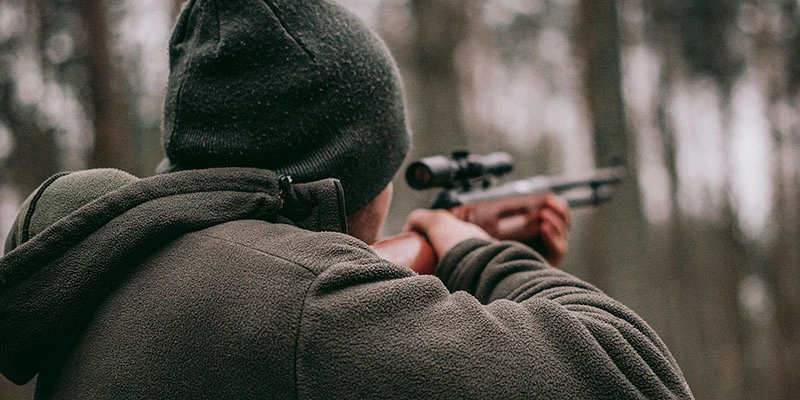
Human hunters are the single biggest predator of deer in North America. In the United States alone, 5 to 6 million deer are shot by people every year. During deer hunting season, the state of Texas is by far the biggest contributor to deer deaths with about 500,000 to 700,000 individuals killed each year.
Not only is hunting a necessary method to keep the ecosystem healthy, it also provides a lot of American families with deer meat. Most hunters selectively kill adult bucks or yearlings, making sure the species as a whole is capable to survive and thrive.
White-tailed deer are the most common species in North America, and are also the most hunted species. Despite the surprisingly large number of hunted individuals, they are by no means an endangered deer species.
2. Wolves
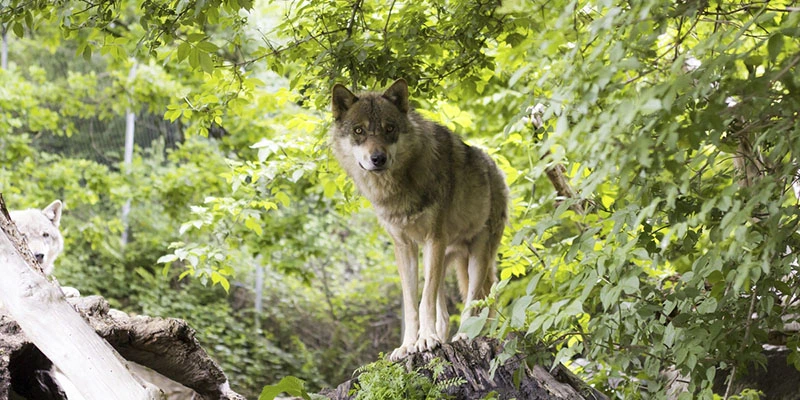
On average, one gray wolf kills 20 white-tailed deer per year. With a population of about 78,000 individuals in North America, wolves consume around 1.5 million deer per year, making them the most important non-human predator of deer in the US and Canada.
In the USA, the majority of gray wolves are found in Alaska (65% of the total U.S. population). Wolves are also present in significant numbers in Washington, California, Idaho, Montana, Wyoming, Michigan, Wisconsin, Oregon, and Minnesota.
During summer, a wolf is more likely to hunt individually. Lone wolves that hunt for deer will mainly eat helpless newborn fawns, which are the prey that require the least amount of energy to hunt and kill.
3. Domestic Dogs
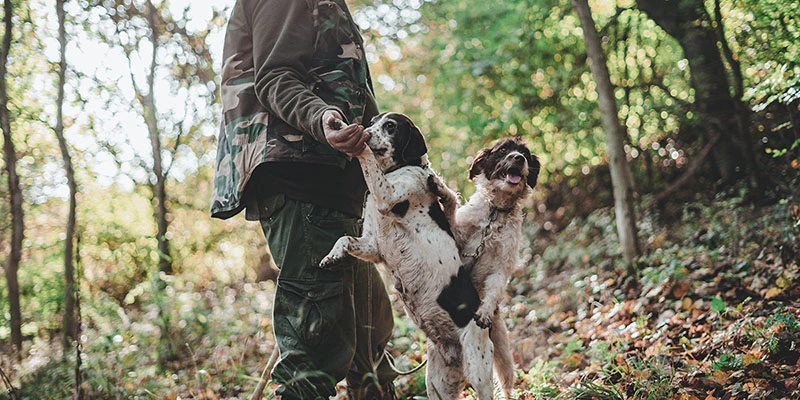
Much like humans, their dogs end up eating a lot of deer meat. Venison is a lean type of meat that is packed with nutrients that are good for dogs, and feeding raw meat to a dog is an increasingly common practice. Especially hunting dogs that assist hunters reap the benefits of this fact.
Hunting dogs will also actively assist hunters in their endeavor to kill deer. However, they do not eat the meat on the spot, but will instead bring prey into close range for a hunter to get a clear shot. After a kill is made, the leftovers might be eaten by the dogs.
There’s also another interaction between dogs and deer that should be noted. Domestic dogs commonly end up killing wild deer without their owner’s intention. While illegal in many states with fines as a penalty, it is not uncommon for a protective dog to attack and kill deer.
4. Bears
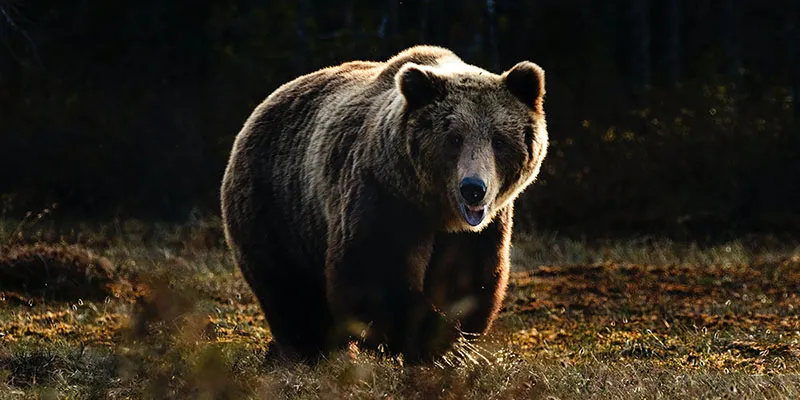
Brown bears, grizzly bears, as well as black bears: most bear species will eat deer given the opportunity. Especially fawns are an important food source for the animals. Many newborns are systematically hunted and eaten by bears in their first days of existence.
In Canada, sightings have confirmed that polar bears will eat reindeer, moose, and other deer species if given the opportunity. While polar bears don’t primarily hunt deer, they are likely to feed on deer carcasses or hunt for newborn fawns.
The omnivorous bear would prefer to go for easier prey for their protein, including fish, amphibians, reptiles, and insects. It is unlikely for a bear to actively hunt and kill a healthy adult buck or doe. Injured or otherwise weakened deer are more likely prey for most bear species.
5. Coyotes
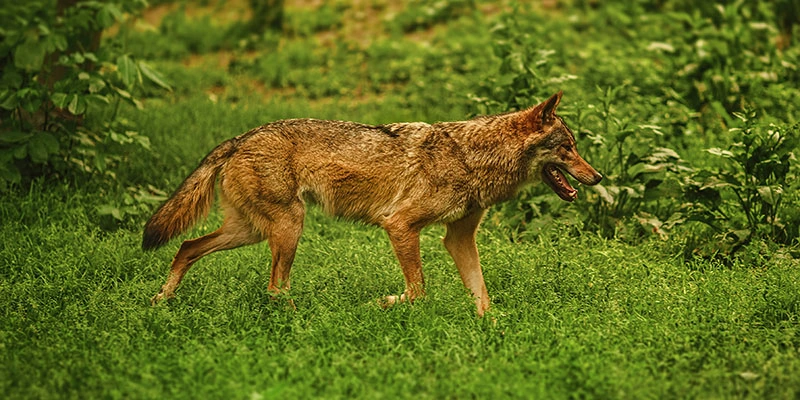
Coyotes are one of the most important predators of newborn baby deer. When the new generation of fawns is born, coyotes can kill and eat up to 75% of all fawns in a local deer population. The impact of coyotes on the deer population is a matter of great concern for wildlife preservation.
Newborn baby deer are often left alone by their moms for long periods of time. A fawn will hide alone in the tall grass, where the strong smell of the coyote is able to find and eat them.
The problem is actually so big, the U.S. government has to kill thousands of coyotes each year to save deer and preserve balance in ecosystems across the country. According to ecologists, it is doubtful if these ‘coyote removal events’ actually end up helping to improve the deer population.
6. Other Deer
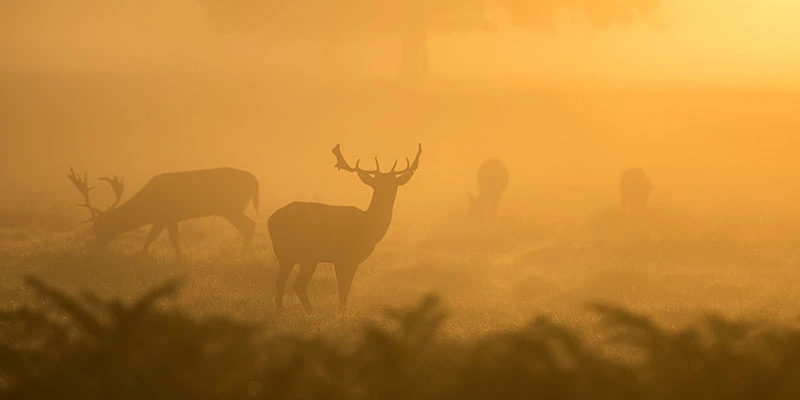
Despite being herbivores, deer have meat-eating tendencies and are known to be cannibalistic animals in some circumstances. The organs of shot deer (also called ‘gut piles’) have occasionally been consumed by other deer.
Furthermore, antler cannibalism is a phenomenon that has been confirmed by research extensively. Adult males shed their antlers annually, and neuro-degenerative diseases such as Chronic Wasting Disease (CWD) have caused antler consumption among deer.
In nature, wildlife will do whatever it takes to conserve energy and survive. Hunger or the mental state of animals can sometimes get so extreme, that cannibalism can seem like a viable option to some individuals.
7. Alligators
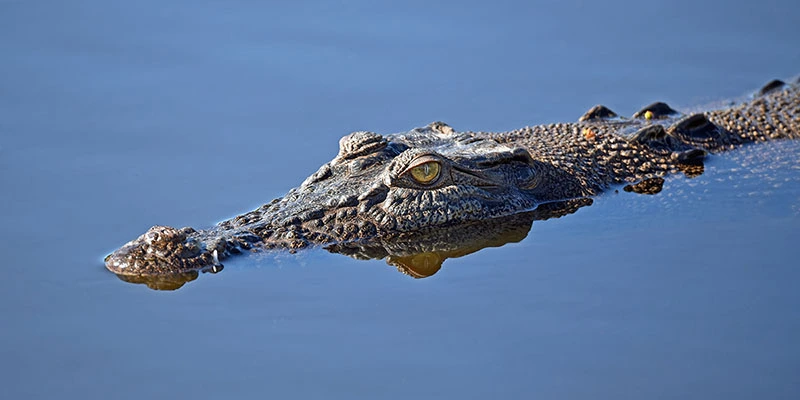
In some U.S. states, the habitat of alligators and deer overlap. The habitat of deer is usually found near bodies of water, making a predator-prey interaction between the two animals a likely event. It is not uncommon for an alligator to eat a wild deer.
Alligators are carnivorous predators that will use their powerful jaws to eat anything that moves too close to the water. The opportunistic predator will definitely attack unsuspecting deer that swim to the other side of the river or lake, or individuals that just come for a drink.
While attacks do happen in the wild, deer are by no means a primary food source for the alligator. The lurking reptiles are much more likely to eat fish, amphibians, birds, or other small mammals that come too close to their aquatic hiding spot.
8. Mountain Lions
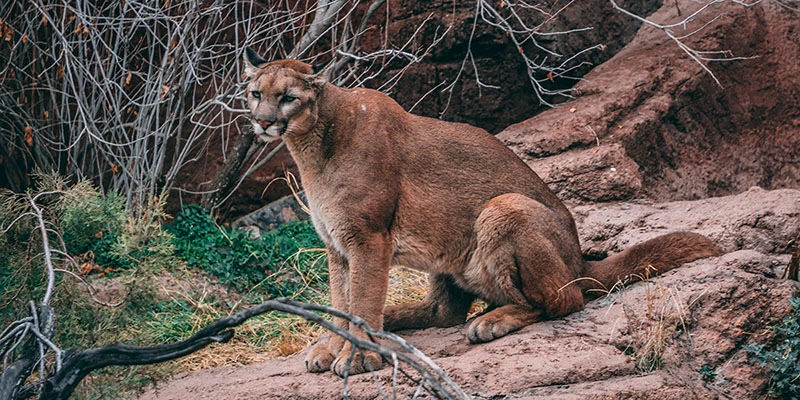
Cougars or mountain lions are some of the most impressive hunters on the North American continent. The animals are known to hunt and kill deer when the opportunity arises. On average, a mountain lion will kill and eat a deer about once a week.
The mountain lion (or cougar) population is stable, but much lower than it historically used to be. An estimated 20,000 to 40,000 individuals remain in the United States, and 5,000 to 9,000 individuals are found in Canada.
With about 50 individual deer consumed by each cougar per year, it is estimated that the mountain lion is responsible for the death of 1.25 million to 2.45 million wild deer annually. These include white-tailed deer, but also mule deer, moose, elk, and reindeer.
9. Bobcats
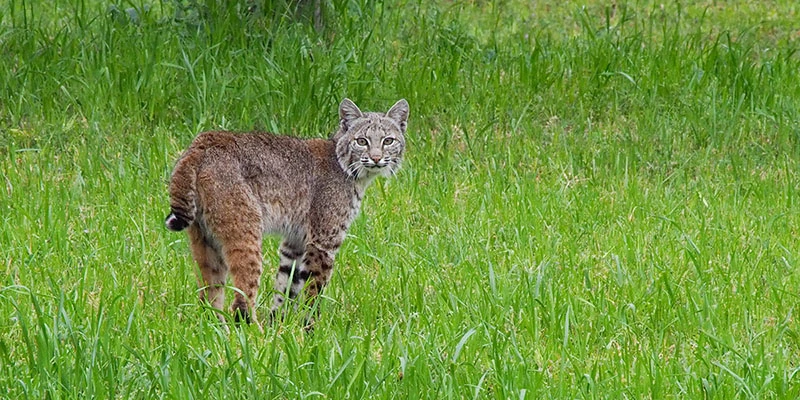
While relatively small in stature, the bobcat is capable of hunting and killing prey much larger than themselves. Bobcats are a known predator of deer, but their impact on the North American populations is limited.
An impressive 2 million to 3.75 million individual bobcats remain in the wild in North America. Their population is stable and thriving, and they can be found in mixed forests, swamps, and desert areas throughout the continent.
Wildlife experts confirm that bobcats hunt and eat wild deer if given the opportunity, but that a bobcat killing deer is not very common. Considering the high number of bobcats found in forests throughout North America, the deer population is barely affected by the feline hunters.
10. Orcas
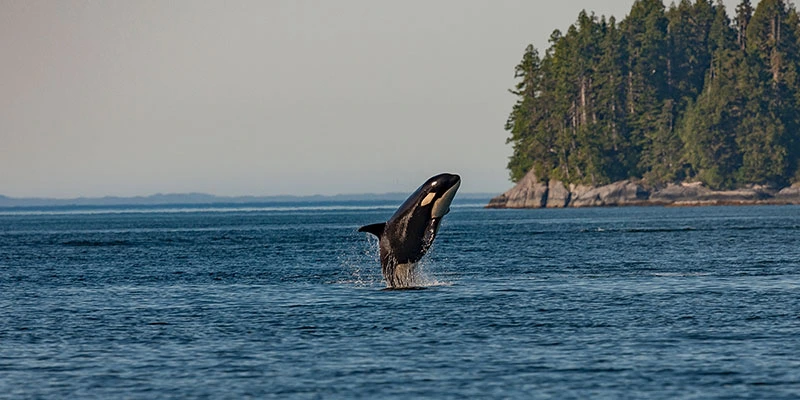
It is not uncommon for deer and moose to swim across a body of water in order to reach an island. The animals are even capable of swimming against the current and can reach speeds of up to 15 mph (24 km/h) in the water.
Orcas (also called killer whales) take advantage of the vulnerability of land mammals like moose, elk, or deer that dare to swim out into the open water. Killer whales are known to hunt, kill, and eat swimming deer, especially in the open waters of Alaska and British Colombia, Canada.
The highly intelligent aquatic animals do not often encounter swimming deer. When they do, the orca sneaks up underneath their prey to pull them down and drown them. Not very nice for the victim, but an effective way to get a meal for the orca nonetheless.
11. Wolverines
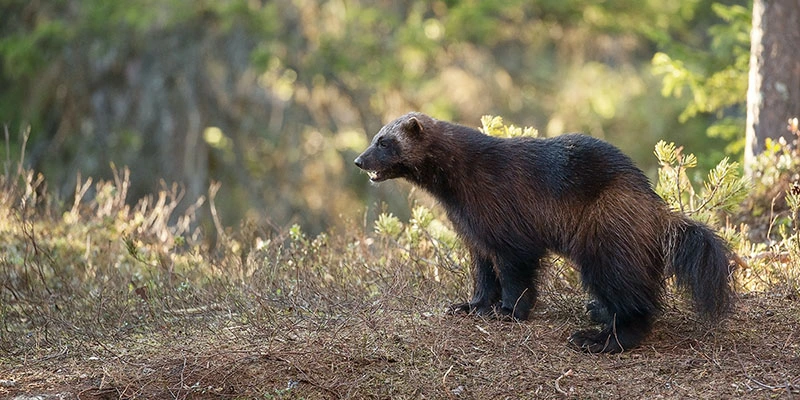
Most wolverines prey on small mammals such as rabbits and rodents, but are also known to eat the deceased remains of deer, moose, and elk. If a wolverine finds a deer carcass, it will opportunistically eat them to fatten up for the cold winter months.
Being highly aggressive and tenacious, the wolverine is known to take on prey much larger than themselves. They can easily take on animals twice their size, which can also include newborn fawns and even yearlings.
Wolverines are most active in colder regions of North America, including the Canadian forests, but are also found in Alaska, Montana, Idaho, Wyoming, and Washington State.
The wolverine has a small but stable population in the continental United States, with only 300 individuals in the wild. The animals are generally much more widespread in Canada (15,000 – 19,000 individuals) and Alaska (>1000 individuals).
12. Eagles
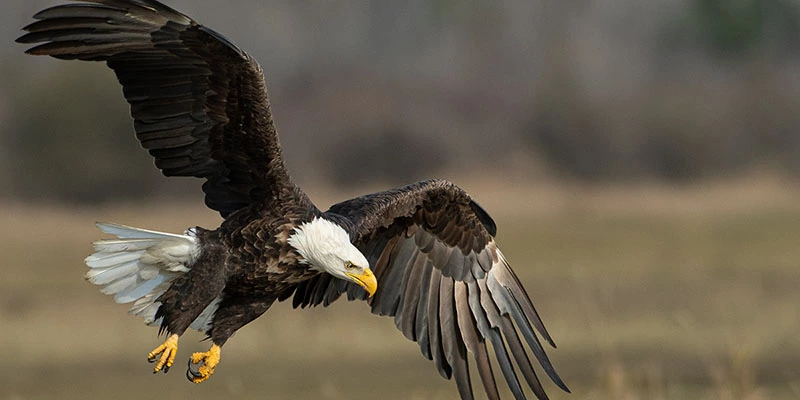
As an icon of the American nation, the bald eagle is probably one of the most well-known birds out there. Normally, eagles use their impressive claws and beak to hunt for small prey like fish, other birds, rabbits, and rodents. They will also commonly eat carrion, including the carcasses of moose, elk, reindeer, mule deer, and white-tailed deer.
However, bald eagles are also known to use their ‘birds-eye view’ to spot helpless newborn fawns from above. They will hunt and eat fawns in summer (late May – early June), which is the annual period in which the new generation of deer is born.
Eagles can carry prey of up to 12 pounds (about 0.5 kg) in their powerful claws. If their prey is too big to carry, they will rip pieces off of the deceased animal and transport their meal that way. It must be noted that it is not very common for a bald eagle to kill deer, although it does happen.
13. Vultures
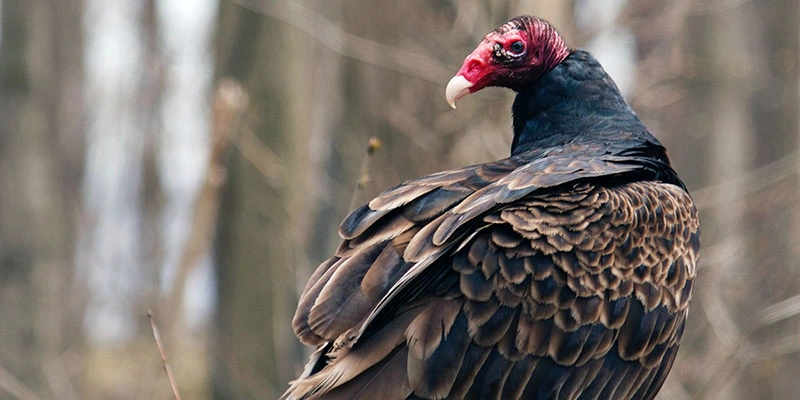
Vultures are scavenger birds, exclusive feeding on carrion. Deceased deer are part of the diet of the Turkey vulture where available. In the southern U.S. states, black vultures are also known to feed on deer carcasses.
As the more common species in North America, Turkey vulture habitats reach all the way into Canada. Well over 18 million invididuals can be found in the US and Canada, compared to over 4 million black vultures found in the U.S. states bordering Mexico.
For their massive population, the contribution of these scavenger birds to ‘cleaning up’ deer carcasses is relatively limited. They are known to feast on ‘gut piles’ left behind by hunters, which is arguably the most common way for vultures to eat wild deer.

